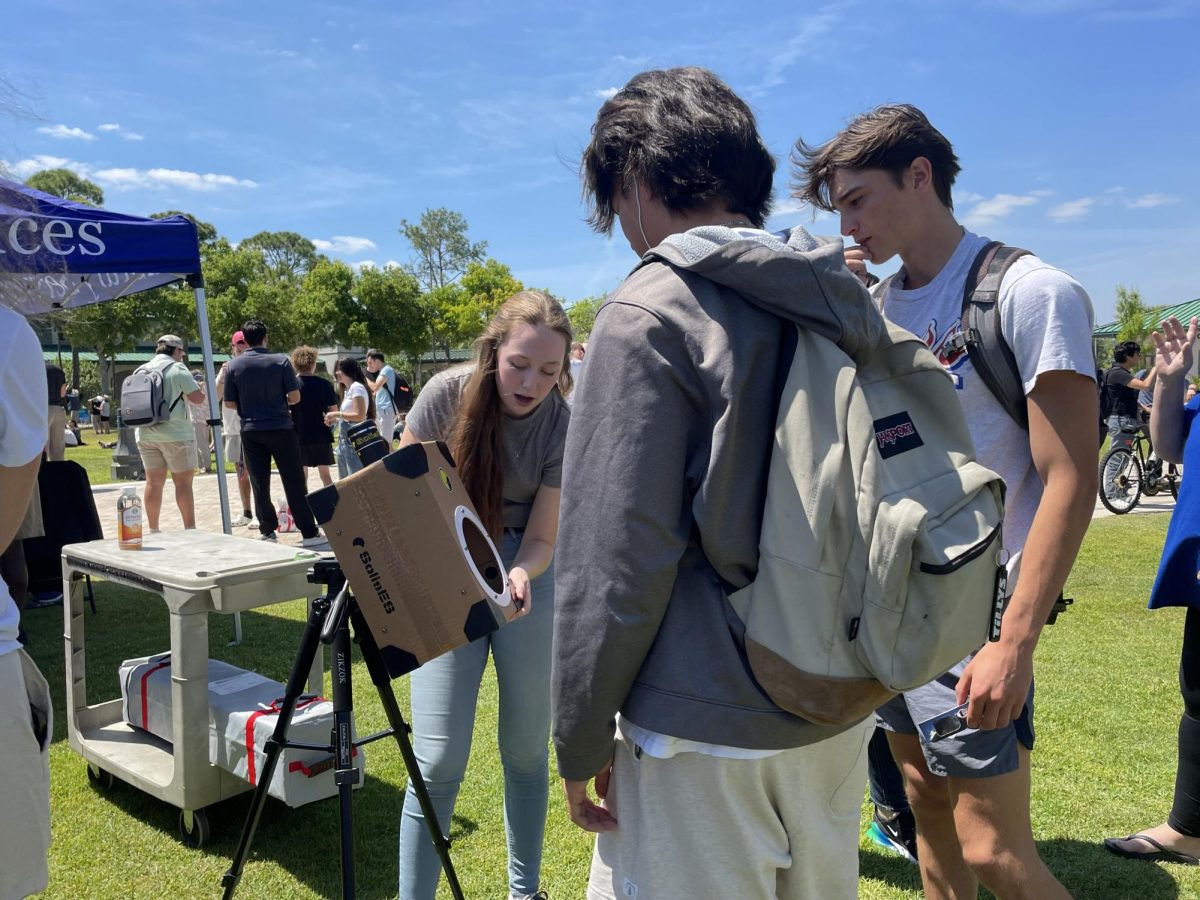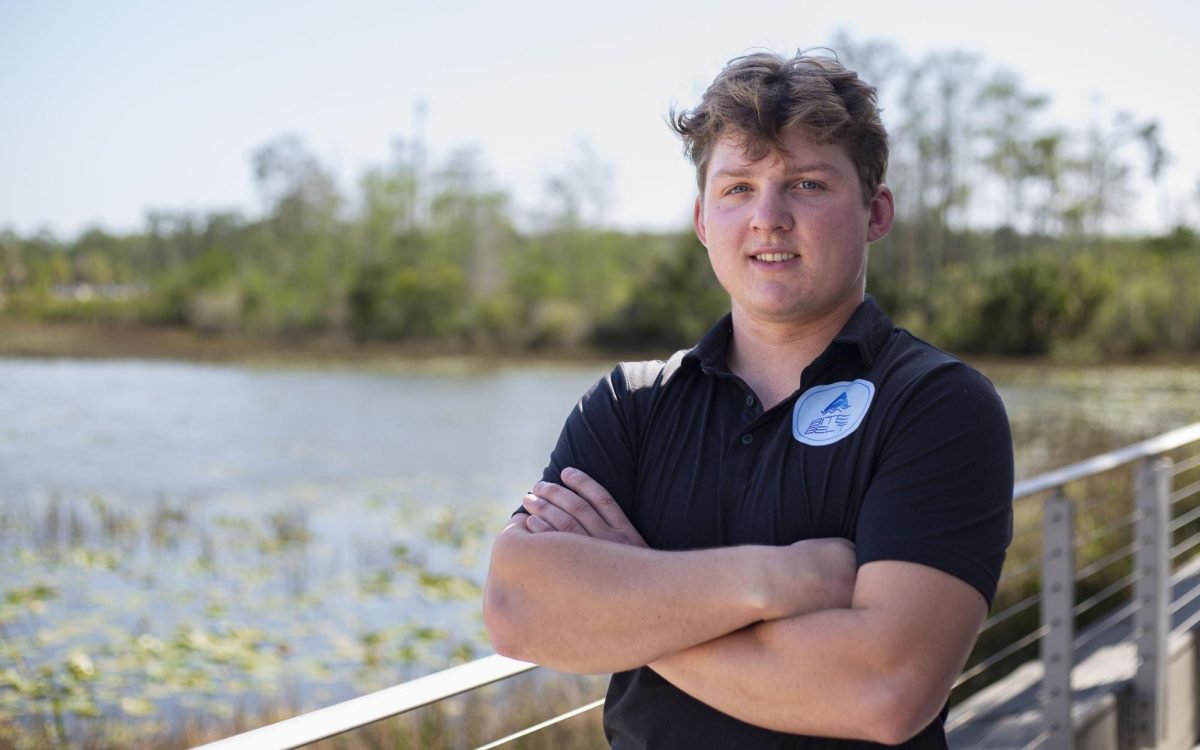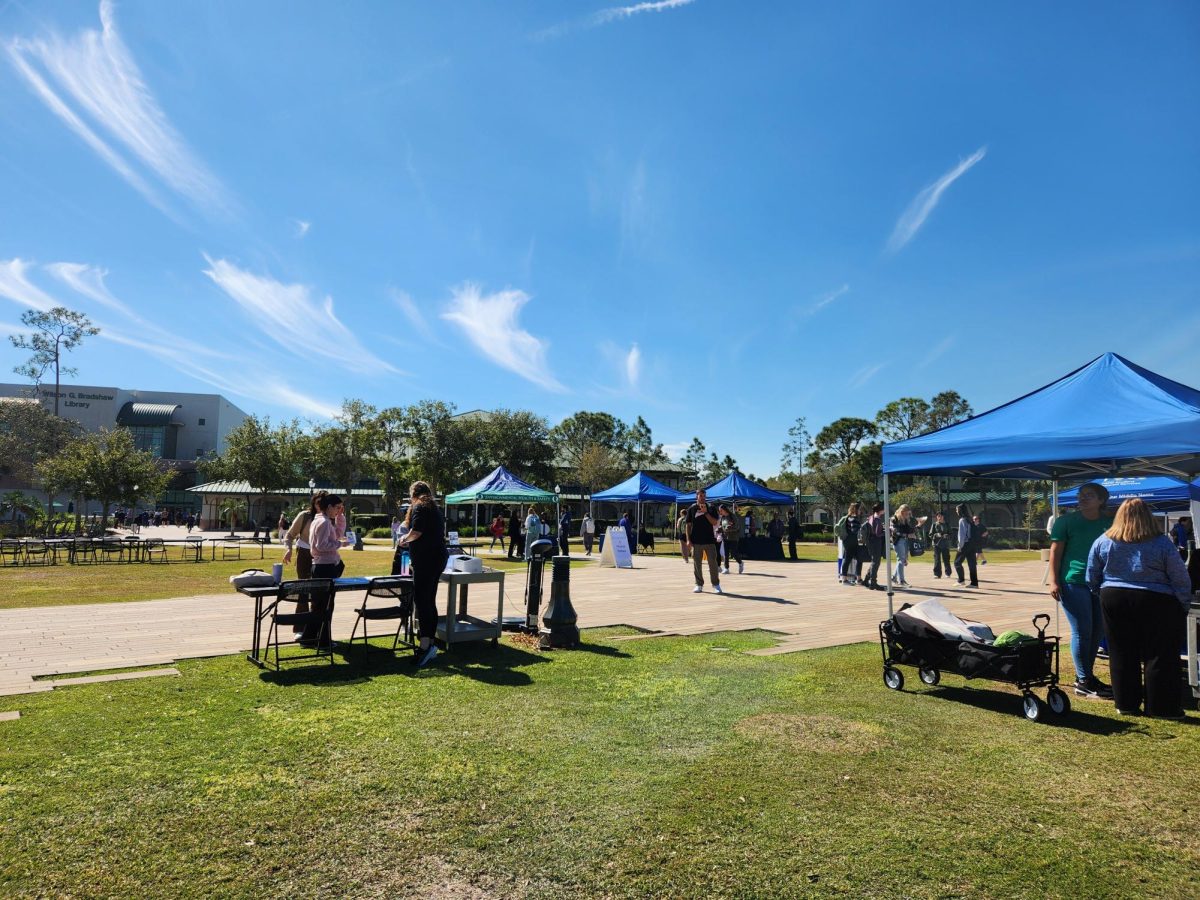At 8 a.m., the National Hurricane Center released reports indicating that Hurricane Irma has officially been downgraded to a tropical storm. Irma has maximum sustained winds of 50 mph and is moving at 17 mph in a north-northwestern direction.
Satellite imagery shows that Irma is almost out of Florida, with her eye currently over southwestern Georgia. Only her outermost bands continue to stretch across the Panhandle and Orlando, which are still experiencing wind and light rain.
With Irma’s immediate threat now passed, the tasks of clean up and restoration are being set into motion. The Keys received the worst of Irma’s forces, and the amount of work that will be necessary to restore the archipelago to what it once was is a direct indication of Irma’s force.
“My heart goes out to the people in the Keys,” Gov. Rick Scott said after doing an aerial assessment of the area. “I mean, it’s just devastation. It’s horrible, what we saw.”
Irma hit the Keys as a Category 4 storm, with wind speeds up to 130 mph. Overturned mobile homes, blocked roads covered with fallen trees and downed power lines have all been left in her wake. According to a report put out by the Florida Government, the people in the Keys without electricity are just a portion of the 6.5 million Floridians without power.
Florida’s entire population is around 20,600,000 according to the latest census information. This means that over 30% of Florida’s population is currently in the dark. Gov. Rick Scott has authorized Florida Highway Patrol to escort utility convoys to the most hard-hit areas in order to restore power as quickly as possible, but despite 30,000 utility personnel on the ground, it still may take weeks for some areas to get back on the grid.
In addition to widespread power outages, fuel shortages also continue to hinder restoration efforts.
Scott has “rescinded all weight and driver restrictions so water, food, fuel and emergency supplies can be quickly brought to Florida,” the government report says.
But with oil refining plants in Texas still damaged from Hurricane Harvey, and with panic driving people to buy more gas than they need, it seems the gas shortage will continue until the dust has settled.
In the meantime, citizens are urged to take as much as they need but no more than that. As the damage Irma caused continues to be assessed, the amount of resources necessary to complete restoration efforts is still unknown. While the Keys will most likely need to be allocated the majority of funding due to the damage the islands sustained, Miami and the Naples-Fort Myers area will also require intensive restoration efforts.
In the light of day, it seems Irma’s fingerprints are everywhere in Southwest Florida. The historic royal trees that lined McGregor now lie across the road, and a 100-year-old banyan tree is on its side, uprooted. Pieces of debris clutter Cape Coral parkway, and South Naples has roads so flooded that they are impassable. In these areas and many others, restoration will be difficult and time consuming.
“Everybody’s got to be patient as we work through this,” Scott said. “It’s going to take some time. We’ve got to make sure it’s safe.”



































